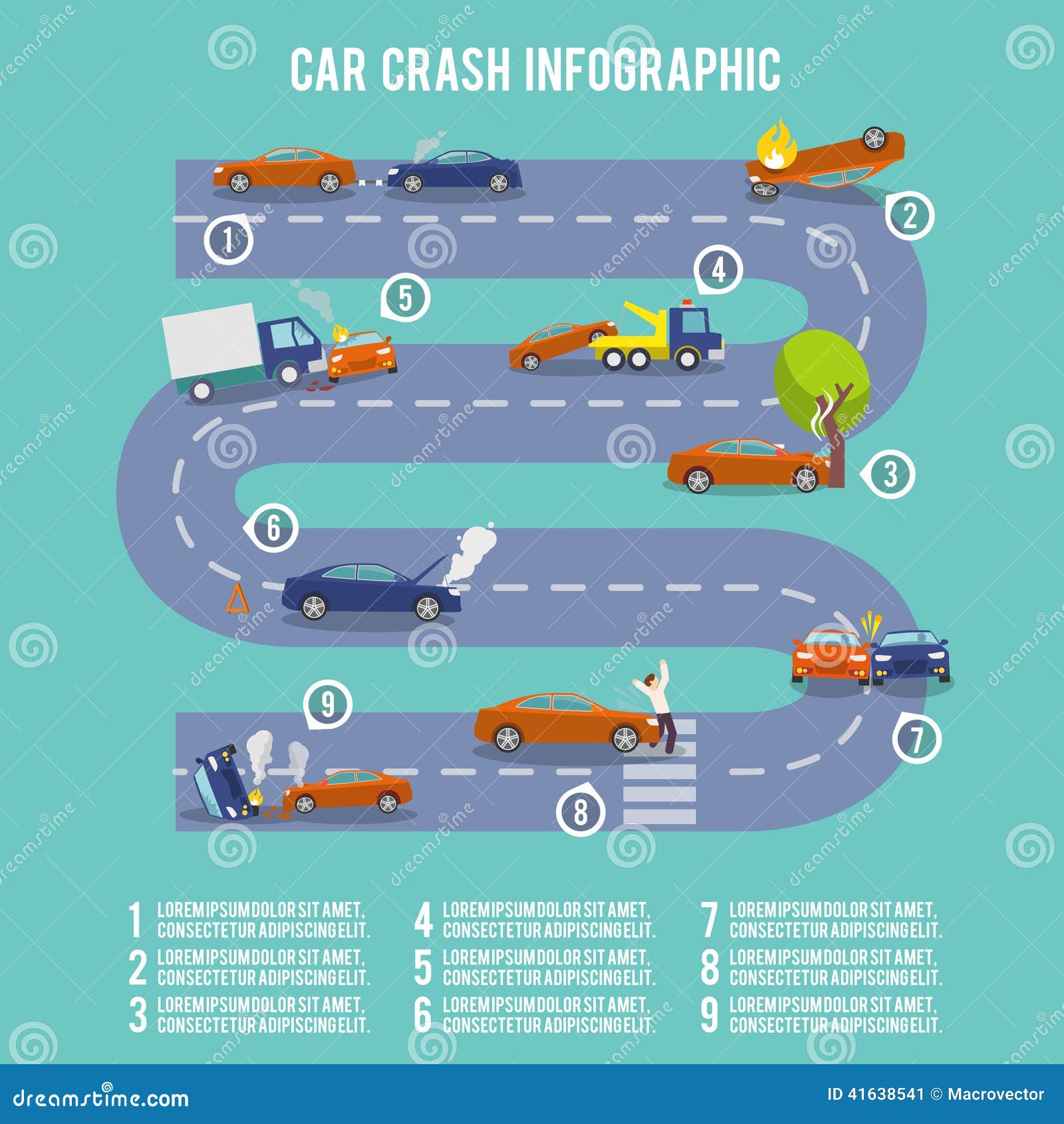Translating The Relevance Of Your Vehicle'S Caution Indicators
Translating The Relevance Of Your Vehicle'S Caution Indicators
Blog Article
Short Article Created By-McKee Boyer
When you're behind the wheel, those beautiful warning lights on your control panel can be a bit difficult. Do you recognize what they're trying to inform you regarding your cars and truck's health? Understanding the importance of these lights is vital for your safety and security and the durability of your car. So, the next time one of those lights appears, wouldn't you wish to understand its message properly and take the necessary steps to resolve it?
Common Caution Lighting and Interpretations
Identify common warning lights in your automobile and recognize their definitions to ensure secure driving.
The most common warning lights consist of the check engine light, which signals problems with the engine or discharges system. If this light comes on, it's important to have your lorry inspected quickly.
The oil stress warning light indicates low oil pressure, requiring immediate interest to prevent engine damages.
A flashing battery light may suggest a faulty billing system, potentially leaving you stranded otherwise attended to.
The tire pressure monitoring system (TPMS) light signals you to reduced tire pressure, impacting vehicle security and gas efficiency. Disregarding this could bring about harmful driving problems.
The ABS light shows an issue with the anti-lock braking system, compromising your capacity to quit rapidly in emergency situations.
Finally, the coolant temperature level alerting light warns of engine getting too hot, which can cause severe damages otherwise dealt with swiftly.
Recognizing these common caution lights will assist you deal with concerns quickly and maintain risk-free driving problems.
Relevance of Prompt Focus
Comprehending the typical caution lights in your cars and truck is just the first step; the significance of immediately attending to these cautions can't be stressed enough to guarantee your safety and security when traveling.
When a warning light illuminates on your control panel, it's your cars and truck's method of communicating a possible problem that needs focus. Overlooking these cautions can cause extra serious problems down the road, compromising your safety and potentially costing you more in repairs.
https://www.latimes.com/california/story/2022-03-16/silver-lake-auto-shops-charged-with-illegal-street-parking to advising lights can protect against failures and accidents. For example, a blinking check engine light could suggest a misfire that, if left ignored, could cause damage to the catalytic converter. Addressing this without delay can conserve you from a costly repair service.
In a similar way, a brake system advising light might indicate reduced brake fluid or used brake pads, crucial parts for your safety when driving.
DIY Troubleshooting Tips
If you discover a caution light on your control panel, there are a couple of DIY fixing pointers you can attempt prior to seeking specialist assistance.
The very first step is to consult your cars and truck's manual to recognize what the certain warning light suggests. Sometimes https://franciscotnibw.tusblogos.com/30250444/the-newbie-s-manual-for-changing-a-puncture-a-clear-detailed-method can be as simple as a loosened gas cap triggering the check engine light. Tightening up the gas cap might fix the problem.
Another typical issue is a low battery, which can set off various advising lights. Checking the battery links for rust and guaranteeing they're protected may take care of the trouble.
If a warning light continues, you can try resetting it by disconnecting the cars and truck's battery for a few mins and after that reconnecting it. Additionally, checking your car's liquid levels, such as oil, coolant, and brake fluid, can aid troubleshoot cautioning lights associated with these systems.
Conclusion
In conclusion, recognizing your car's caution lights is essential for maintaining your vehicle running smoothly and securely. By promptly dealing with these notifies and understanding what they indicate, you can avoid pricey repair services and prospective failures.
Bear in mind to consult your automobile's manual for certain details on each alerting light and do something about it accordingly to make sure a hassle-free driving experience.
Stay informed, stay recommended on the road!
